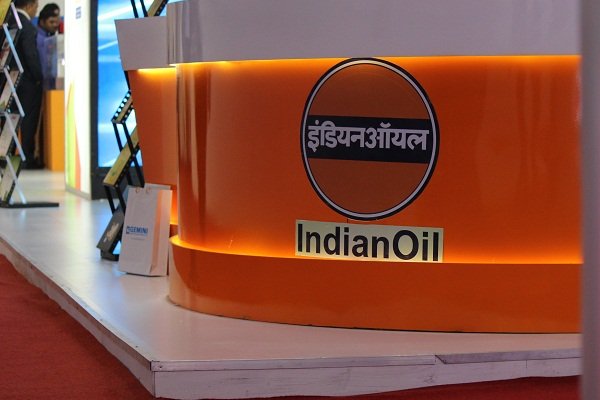In a notable development for India’s Oil Marketing Companies (OMCs), the sector is poised for growth as international crude oil prices continue to sustain below the crucial $80 per barrel mark. The three major players in this domain, namely Indian Oil Corporation Limited (IOCL), Bharat Petroleum Corporation Limited (BPCL), and Hindustan Petroleum Corporation Limited (HPCL), have reported encouraging earnings in the July-September quarter of fiscal 2023-24 (Q2FY24), with improved gross refinery margins.
Indian Oil Corporation, for instance, showcased a significant turnaround, reporting a net profit of ₹12,967 crore in the September quarter compared to a net loss in the same period the previous year. Bharat Petroleum also made a noteworthy comeback, recording a net profit of ₹8,243.5 crore in the quarter under review.
One of the key factors contributing to the positive outlook for OMCs is the normalization of international Brent crude prices to sub-$80/bbl. This stabilization is attributed to a reduction in supply-side concerns related to geopolitical tensions, particularly the Israel-Hamas conflict, along with a decreasing likelihood of a broader regional conflict.
The optimism surrounding OMCs is reinforced by their robust auto-fuel marketing margins, which have experienced a notable surge. According to a report by JM Financials, the gross auto-fuel marketing margin has risen to ₹7.9 per litre, surpassing the historical margin of ₹3.5 per litre. Additionally, the gross auto-fuel integrated margin has seen an increase to ₹16.8 per litre, compared to the historical margin of ₹11.3 per litre.
JM Financials underscores the importance of crude oil sustaining below ~$80/bbl for the continued positive trajectory of OMCs. The fiscal year 2023-24 price-to-book (P/B) valuations for HPCL and IOCL stand at approximately 0.9x, with BPCL slightly higher at 1.1x. Despite a recent rally, these valuations represent only a 10% discount to the historical average, emphasizing the potential for further growth in the sector.
While evaluating the energy sector, JM Financials maintains a ‘buy’ rating on Oil and Natural Gas Corporation (ONGC) and Oil India. The brokerage sets a target price (TP) of ₹225 for ONGC and ₹355 for Oil India, emphasizing the strong dividend play offered by these entities, ranging between 6-8%.
JM Financials’ target prices are based on a net crude realization of $65/bbl, considering various changes in windfall tax scenarios. The analysis suggests that the government is receptive to ONGC and Oil India achieving a net crude realization of approximately $75/bbl.
For ONGC and Oil India, a Brent crude price range of $75-80/bbl is considered favorable, as it enhances visibility for net crude realization at $75/bbl. This range eliminates the risk of an ad hoc fuel subsidy burden, presenting a sweet spot for these oil explorers.
Looking ahead, the Organization of the Petroleum Exporting Countries and its allies (OPEC+) will play a crucial role in shaping crude oil prices. The upcoming meeting on November 26 will determine the oil output policy, and analysts anticipate OPEC+ continuing to exert its pricing power to support Brent crude prices within the $75-80/bbl range. This range aligns with the fiscal breakeven crude price needed by Saudi Arabia.
The strong pricing power of OPEC+ is underlined by several factors, including disciplined US shale oil production, which currently stands at around 13 mbpd, and OPEC+’s proven ability to cut output by approximately 10 mbpd in response to the decline in global oil demand post-COVID-19.
The current market dynamics suggest a new normal for Brent crude prices around $80/bbl, deviating from the pre-COVID-19 normal range of $60-65/bbl. This shift is attributed to factors such as the disciplined approach of US shale investors and OPEC+’s effective management of oil output to balance global demand. As OMCs in India navigate this evolving landscape, the sector is well-positioned for growth, supported by stabilized crude prices and favorable market conditions.
